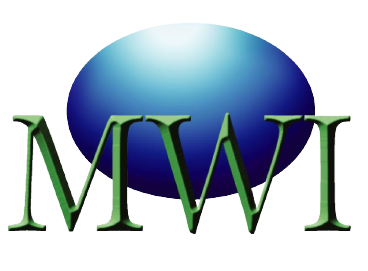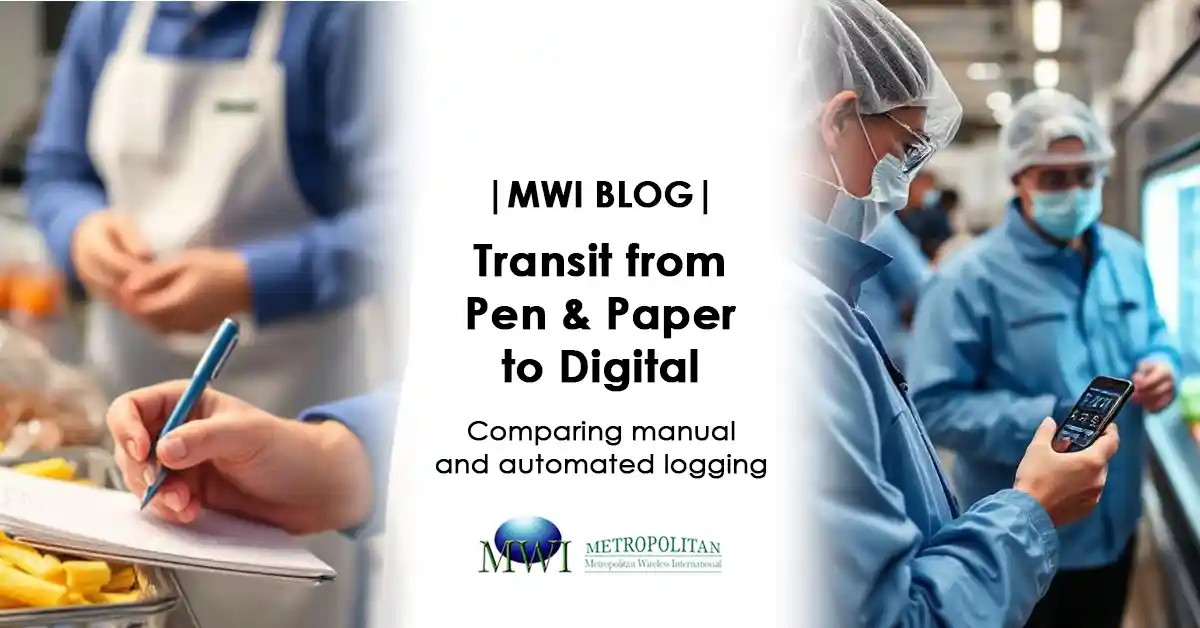Introduction: The High Stakes of Temperature Monitoring
In industries like pharmaceuticals, food logistics, healthcare, and life sciences, temperature monitoring is not just a box-ticking exercise — it’s a critical compliance and quality control function.
Yet, many businesses still rely on manual temperature logging, unaware of the risks, inefficiencies, and hidden costs involved.
This article compares manual vs automated temperature monitoring, focusing on cost, accuracy, labor impact, and compliance outcomes — so you can decide which system best fits your cold chain operations.
What Is Manual Temperature Logging?
Manual temperature logging involves:
-
Using thermometers, data loggers, or fridge displays
-
Having staff record readings periodically (e.g., every 4 hours or daily)
-
Logging values on paper logs or spreadsheets
-
Manually reviewing records for audits or anomalies
While inexpensive to start, manual logging has significant limitations when scaled across multiple storage units, vehicles, or sites.
What Is Automated Temperature Monitoring?
Automated monitoring systems use IoT sensors, gateways, and a cloud-based dashboard to:
-
Continuously track temperature and humidity
-
Send real-time alerts if thresholds are breached
-
Automatically generate audit logs and reports
-
Integrate with SMS/email notifications and analytics
Example: Iotezy’s wireless temperature loggers transmit data every few minutes to a secure cloud platform — no manual checks required.
Cost Comparison: Manual vs Automated Monitoring

| Aspect | Manual Logging | Automated Monitoring |
|---|---|---|
| Upfront Cost | Low (basic tools) | Higher (hardware + setup) |
| Labor Cost | High (recurring staff time) | Minimal (automated 24/7) |
| Error Correction | Time-consuming | Immediate alerts + logs |
| Audit Readiness | Manual sorting required | Instant export, tamper-proof logs |
| Cost of Excursions | Often missed or delayed | Prevented with real-time alerts |
✅ While automated systems have higher startup costs, they quickly pay off by reducing labor hours, avoiding product loss, and passing audits with ease.
Accuracy Matters: Human Error vs Precision Sensors
Manual Logging Risks:
-
Missed readings
-
Incorrect timestamps
-
Backfilling data
-
Illegible handwriting
-
No real-time alerts
Automated System Benefits:
-
Continuous monitoring (e.g., every 5 minutes)
-
Timestamped logs synced to cloud
-
Instant alerts via SMS/email
-
Calibration traceability (ISO 17025)
-
100% digital audit trail
One missed excursion can spoil thousands of dollars’ worth of vaccines or frozen food — accuracy isn’t optional.
Compliance & Audit Implications
| Compliance Standard | Manual Logging Limitations | Automated Monitoring Advantage |
|---|---|---|
| WHO GDP | Needs complete, accurate logs | Continuous logs with breach alerts |
| HACCP | Requires proof of critical limits | Automated CCP breach notifications |
| ISO 22000 | Traceability and documentation needed | Cloud-based exportable logs |
| HSA (Singapore) | Audit trails required | Instant digital audit reports |
If you rely on manual logs, you’re more likely to fail audits due to missing data, delayed breach response, or incomplete records.
Labor Efficiency: Free Up Your Staff
With manual logging, your staff is tied up checking temperatures multiple times a day — across fridges, freezers, and storage rooms.
With automation:
-
No more clipboard checks
-
Focus on core tasks
-
Alerts go directly to supervisors or managers
-
Reduce risk of forgotten weekend or night shifts
Automation doesn’t just monitor — it empowers your workforce by removing repetitive tasks.
Real-World Cost of Manual Errors
In a recent cold chain incident in Southeast Asia, a food warehouse using manual logs missed a 2-hour temperature excursion overnight due to a staff oversight.
By the time it was discovered the next day, SGD $18,000 worth of frozen meat had to be discarded.
An automated alert system would’ve triggered SMS alerts instantly, potentially preventing the entire loss.
Conclusion: It’s Time to Ditch the Clipboard
Manual logging may seem cost-effective — but only on the surface. When you factor in human error, product losses, compliance risks, and labor costs, automated temperature monitoring emerges as the clear winner.
Whether you’re managing a medical fridge, a fleet of cold trucks, or a multi-site warehouse network — automation ensures your temperature data is accurate, real-time, and always audit-ready.
Other Blogs
Food Storage
Medical Storage
IT Equipment
Server room temperature & humidity monitoring
Interested to digitalize your monitoring operations?
Speak with us to explore transiting from manual to automated monitoring.


